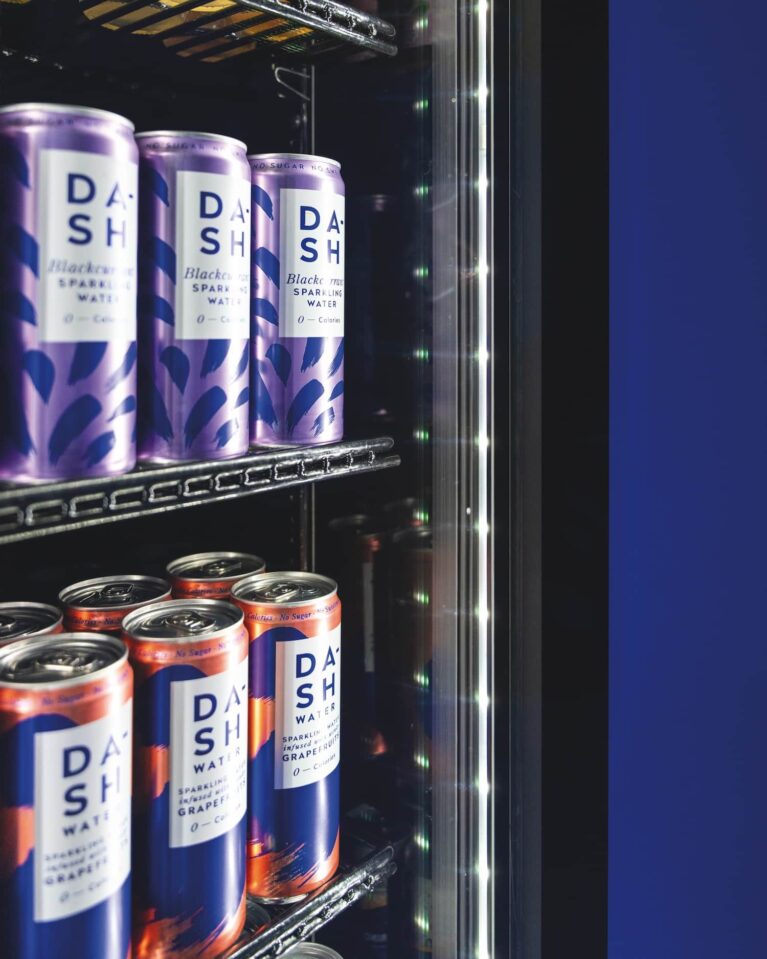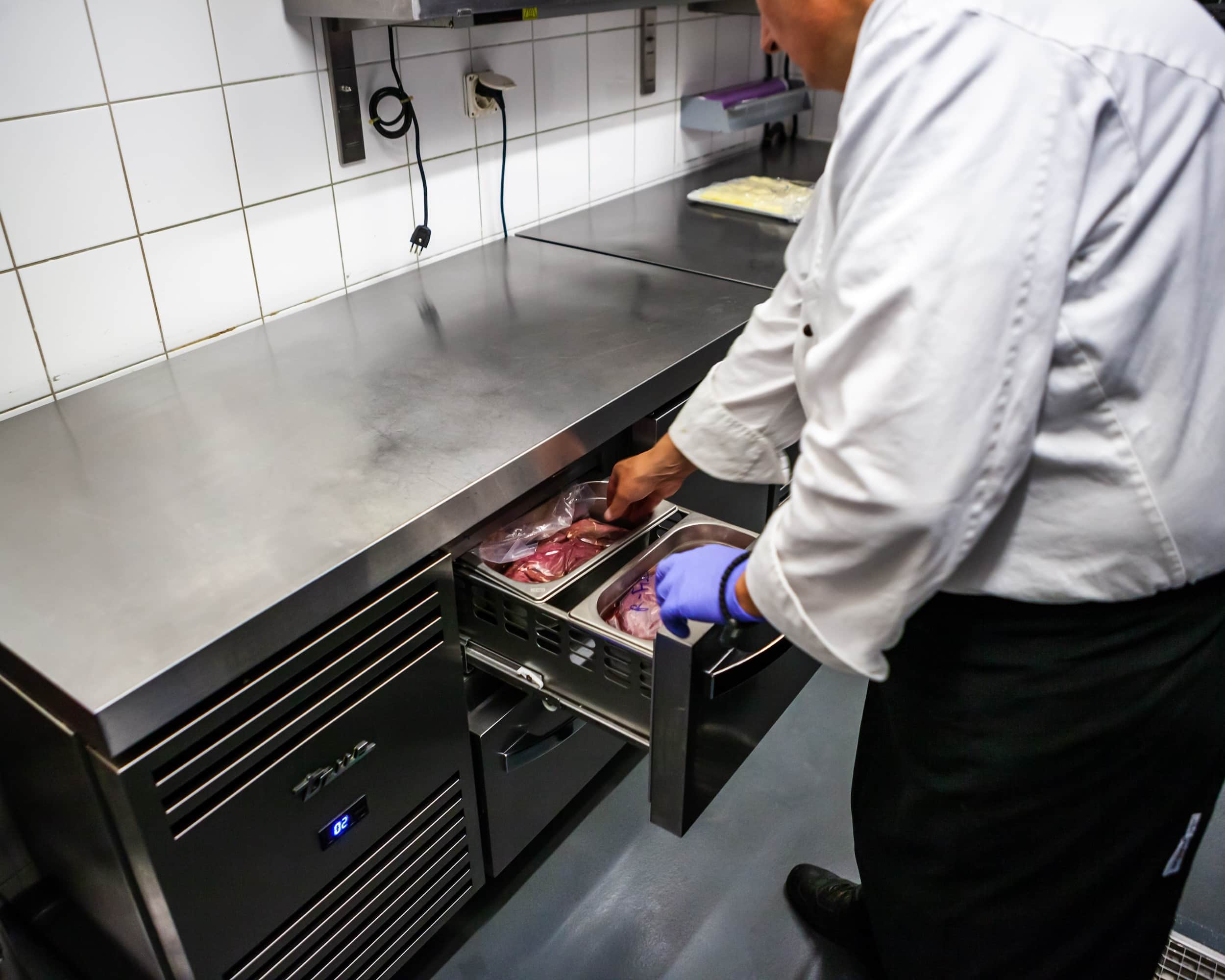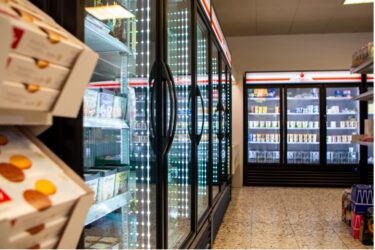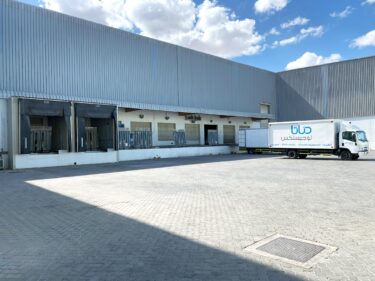True’s newest merchandiser is now available across Europe


In commercial refrigeration, value engineering has been a contentious issue. There has increasingly been a lack of “total value” being considered. More often than not there is a race to the bottom line in trying to reduce fit out cost, by only considering the outright purchase price instead of the total cost of procuring and running equipment.
In True’s latest blog, we talk to our Sales and Key Account Director for the UK & Ireland Scott Jones, about how value engineering that just focuses on purchase price can have a negative impact on overall energy efficiency and total lifetime cost.
Value engineering is a systematic and organized approach to providing the necessary project functions at the lowest cost. First developed in the 1940s by General Electric engineers, it is a way of saving money on the cost of a total project. It has been popular in the sectors such as building and construction for several decades but is not evenly applicable to all industries.
The idea of value engineering, or value analysis, is to compare two key elements of a product: Function and Cost. In its truest form, value engineering is a way of comparing the most cost-effective way of delivering the same functionality taking into account the overall life-cycle cost to achieve to best outcome.
Scott Jones, explains: “Value Engineering is about bringing costs down by finding a product of equivalent quality but a cheaper cost. It is something that commercial refrigeration manufacturers are coming up against more and more.”
“An operator works with a consultant to design a new restaurant, all the equipment gets specified, then somewhere down the line they start to look at cutting costs – this might be the operator who decides this, or more often the company hired to build out/fabricate the commercial or retail unit. Sub-contractors can improve their own margin by straying from the original specification and using lower cost alternatives.”
Scott continues: “For refrigeration specifically, the cheaper product might look the same, but it will often not be built to last like the originally specified product. There are significant variations quality in terms of materials used, manufacturing methods, energy efficiency and carbon emissions.
“Also, there are different after sales benefits such as maintenance, warranty length and replacement parts or servicing costs which means that replacements might be necessary after a short time. Industry standard is around two to three years, whereas True offers a five-year standard warranty for parts and labour, providing additional value and delivering operational cost savings longer term.”
When designing commercial kitchens, retail space or fast-food venues and specifying under counter units, upright cabinets, glass door or air display units in volume, there are the aesthetics, styling and physical measurements to consider, as well as storage capacity, display space and usability. Compounded with comparing outright cost, energy consumption and carbon emissions annually and over the product lifetime, that’s a lot of data, so comparing like for like is essential.
Scott explains: “Energy efficiency is essential in tackling climate change as part of being a responsible business. Often, by adopting the latest developments in commercial refrigeration and the selecting newest models, the initial purchase cost could seem more expensive on face value. However, if you look at the running costs, energy consumption, performance and environmental impact over time, there are more than just cost factors to consider to ensure you are being as sustainable as possible within your food operations.”
True has been developing its natural refrigerant range since 2007 through its Hydrocarbon (HC) Initiative, by using R290 as an alternative refrigerant. This has low ozone-depleting properties and extremely low Greenhouse Warming Potential (GWP), making it one of the most climate-friendly and cost-effective refrigerants on the market.
Scott concludes: “Value engineering in commercial refrigeration is not about cost alone, there are multiple factors at play. We have recently lost out on a major fit out contract which had come in over budget. Value engineering led to mid-range fridges being supplied, rather than the originally specified ones. In terms of capital outlay this saved £30,000 on the initial project budget, however, over a 10 year period the operator could have saved over £200,000 in energy costs with the original specification units. With continuous increases in energy prices, that saving could be much more long term.
“It is important to help customers to make informed decisions about the total life cost of a commercial refrigeration unit, rather than just using cost as a deciding factor.”
For more information True’s extensive range of high quality, energy efficient, responsible commercial refrigeration units, visit: https://truerefrigeration.co.uk/.



Marking another major milestone in its global growth journey, True Refrigeration has expanded its footprint in the Middle East with the opening of a new warehouse in Dubai.